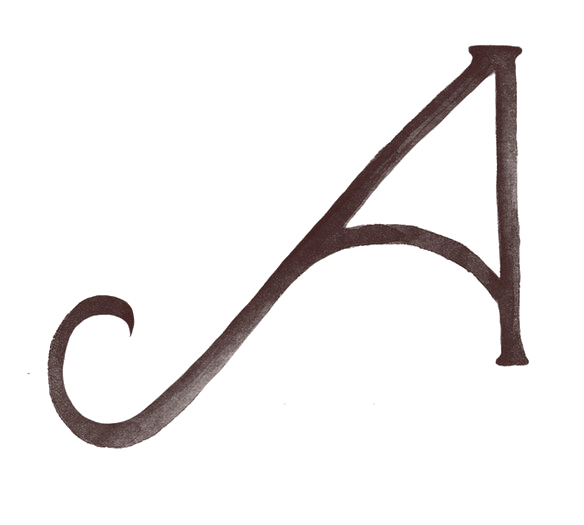How to start a memoir
How you start depends on where you want to take this project.
The following guide is useful for people who aim to seek publication of their memoir. If you’re writing for yourself, friends and family, you can start (and finish) wherever you like.
Step 1 – Have a life. It doesn’t have to be a long or totally fabulous life, but it does need to have been interesting, and not just according to your good self.*
Step 2 – Learn a thing or two about story telling (and not just from the tellie, I tell you!) Listen to good podcasts. Read skilled writers. Watch complex movies. Go to live story-telling events. Replay the greatest speeches.
Analyse the makings of a good yarn. Watch out for the author’s choices about content and character. Listen for the rhythm of the words and the sentences. Explore the elements you admire. Find friends with whom you can discuss story telling.
Step 3 – Brainstorm all of the things you could possibly write about. Yes, that’ll take ages and you’ll need to return to it again and again before it’s ‘finished’ (and it never will be finished).
Step 4 – Ponder that big life you’ve spilled the beans on and start to look for themes that group together to focus your story. In time, the theme/s of your work helps you decide what’s out and what’s in. You can’t possibly write everything about your life into one story (and we don’t want to read it anyway) so narrow it down through theme.
Step 5 – Work out a climax. Like great narrative fiction, great memoirs build to a point of no return for the protagonist and therefore the reader. It’s tricky in non-fiction, because the temptation is to write linearly (yes, that’s a word!) and if the big events of your life happened before you were 10, you might think how can I structure my story off that?
Indeed, how can you? There’s a challenge. It depends on what you want to say. Your theme. The message you want the world to hear.
If you want to write your memoir quickly, take your time over these steps. Then move on to plotting backwards. It’s a foolproof way of structuring a story.
*Unless you’re writing for therapy. In this case, you’re not writing a memoir, you’re writing a journal, taking notes, exploring your thoughts and feelings, etc. (And that’s a big etcetera!)
May your words pour onto the page,


